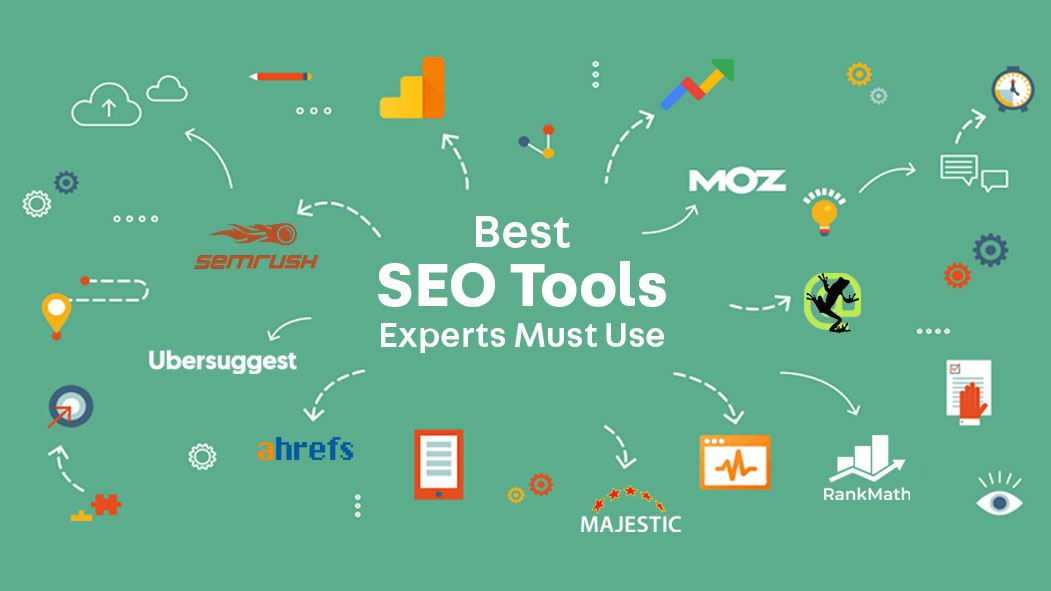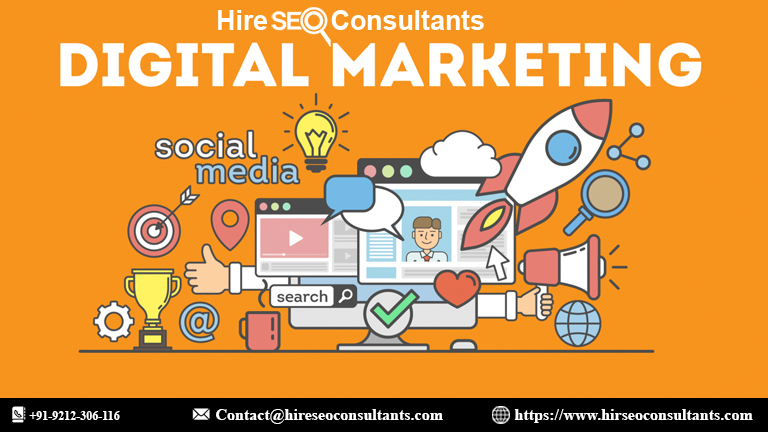Mastering Digital Growth: Marketing Software, SEO Tools, and Bots
Marketing software refers to applications designed to streamline, automate, and measure marketing activities. By leveraging these tools, businesses can achieve higher efficiency, improve customer targeting, and enhance

In today’s fast-paced digital landscape, businesses are constantly seeking innovative ways to stay ahead of the competition. From streamlining workflows to reaching targeted audiences, tools like marketing software, SEO tools, and bots are becoming indispensable. These technologies enable businesses to operate more efficiently and effectively, driving growth and customer engagement in an increasingly crowded market.
Understanding the capabilities of these tools is vital for crafting a winning digital marketing strategy. This article explores the features, benefits, and applications of marketing software, SEO tools, and bots, offering actionable insights into their integration for maximum impact.
The Rise of Marketing Software
Marketing software refers to applications designed to streamline, automate, and measure marketing activities. By leveraging these tools, businesses can achieve higher efficiency, improve customer targeting, and enhance campaign performance.
Key Features of Marketing Software
-
Automation: From email campaigns to social media posts, automation saves time and ensures consistency.
-
Data Analytics: Gain insights into customer behavior and campaign performance.
-
Personalization: Tailor your marketing efforts to individual customer preferences.
-
Integration: Combine various tools into a cohesive marketing strategy.
Popular Marketing Software Examples
-
HubSpot: A comprehensive platform for inbound marketing, sales, and customer service.
-
Marketo: Ideal for lead management and B2B marketing automation.
-
Zoho Marketing Plus: Offers tools for email campaigns, social media marketing, and analytics.
The Power of SEO Tools
Search Engine Optimization (SEO) tools are essential for improving your website’s visibility on search engines. These tools analyze various elements like keywords, backlinks, and site speed to ensure better rankings.

Top Functions of SEO Tools
-
Keyword Research: Identify high-ranking keywords to drive organic traffic.
-
Site Audits: Detect technical issues that may affect your search rankings.
-
Competitor Analysis: Learn what your competitors are doing right.
-
Performance Tracking: Monitor the success of your SEO efforts.
Best SEO Tools in the Market
-
Ahrefs: Great for backlink analysis and keyword research.
-
SEMrush: A versatile tool for competitor analysis and SEO planning.
-
Yoast SEO: A WordPress plugin for on-page SEO optimization.
If you’re exploring lightweight tools, consider options like Clo Standalone Free Download, which offers essential functionalities for quick SEO optimization without a heavy resource investment.
The Role of Bots in Marketing
Bots, often powered by AI, are becoming a staple in marketing. They automate repetitive tasks, enhance customer interactions, and provide data-driven insights.
Applications of Bots in Marketing
-
Chatbots: Provide 24/7 customer support and lead generation.
-
Social Media Bots: Automate posts, follow trends, and engage audiences.
-
Web Scraping Bots: Gather data on competitors and industry trends.
Examples of Effective Bot Usage
-
ChatGPT: Used for creating engaging customer interactions.
-
ManyChat: Simplifies Facebook Messenger marketing.
-
IFTTT: Automates workflows across various platforms.
Combining Marketing Software, SEO Tools, and Bots
The true magic happens when these tools work together. Here’s how to integrate them effectively:
-
Lead Nurturing: Use marketing software to automate email campaigns, SEO tools to attract leads, and bots to engage them.
-
Content Strategy: Rely on SEO tools for keyword insights, bots for data collection, and marketing software to distribute content.
-
Performance Tracking: Combine data from all tools to analyze ROI and adjust strategies.
For collaborative needs, tools like Jamulus Download enable seamless online communication and can complement marketing workflows through improved team interactions.
Challenges and Solutions
Challenge 1: Data Overload
Too much data can overwhelm marketers.
-
Solution: Use dashboards and filters to focus on key metrics.
Challenge 2: Lack of Integration
Standalone tools can create silos.
-
Solution: Choose platforms with robust integration capabilities.
Challenge 3: Ethical Concerns
Overusing bots can appear spammy.
-
Solution: Maintain transparency and ensure bots add value to users.
Future Trends to Watch
-
AI-Driven Insights: Enhanced AI capabilities in marketing software and SEO tools.
-
Voice Search Optimization: A growing need for SEO tools that accommodate voice queries.
-
Advanced Chatbots: Bots that offer human-like interactions.
-
Sustainability Metrics: Tools that measure the environmental impact of marketing campaigns.
Informational Table: Tools and Functions
|
Tool Type |
Key Functions |
Examples |
|
Marketing Software |
Automation, analytics, personalization, integration |
HubSpot, Marketo, Zoho |
|
SEO Tools |
Keyword research, site audits, competitor analysis, performance tracking |
Ahrefs, SEMrush, Yoast SEO |
|
Bots |
Chat support, social media automation, data scraping |
ChatGPT, ManyChat, IFTTT |
|
Integration Platforms |
Combine functionalities from multiple tools |
Zapier, Microsoft Power Automate |
|
Analytics Tools |
In-depth data analysis, reporting, and visualization |
Google Analytics, Tableau |
Conclusion
Marketing software, SEO tools, and bots are not just buzzwords; they are the cornerstones of a successful digital marketing strategy. These tools provide the means to streamline processes, enhance customer engagement, and drive measurable growth, ensuring businesses can compete effectively in the digital space.
By understanding their capabilities and integrating them effectively, businesses can unlock new levels of growth and customer engagement. The synergy between marketing software, SEO tools, and bots offers limitless possibilities for those willing to adapt and innovate in today’s ever-evolving digital landscape.
What's Your Reaction?





















